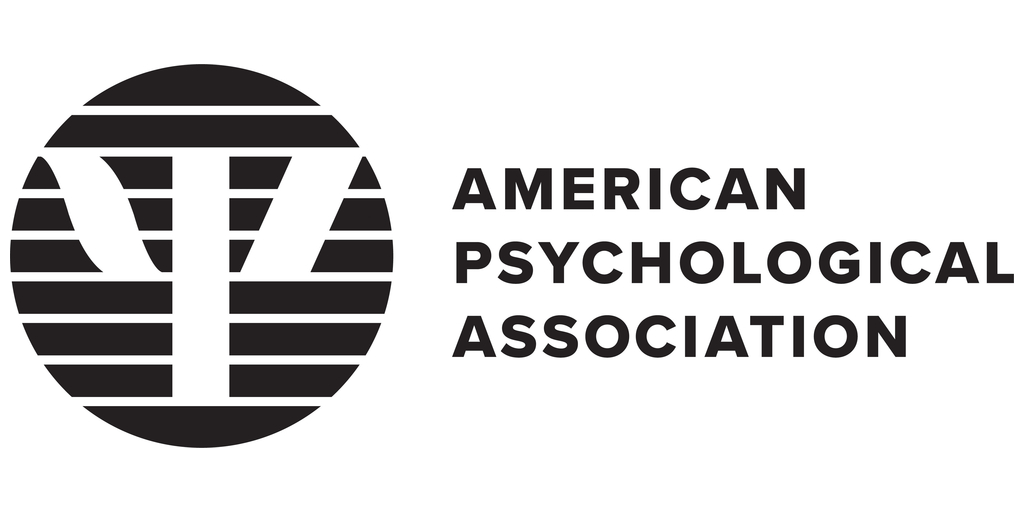Why Using APA or IEEE Style Format?
During the creation of your extended essay, it’s essential that you submit and create a clear and up-to-date reseach project. This cannot be only done by researching or developing your topics.
Instead, it is fundamental that we get to follow a pre-defined set of rules that affect your final version of the document. This parameters must be adjusted, specially, for a better readability and a better structure.

In the next sections, you will find a series of tasks that you must perform on your document so that it gets adjusted to APA1 7th edition. Tick the box if you followed the suggestion (Doing so leads to a better EE).
Overall format
Add a margin of 2.54cm in each side of the page.
Add the number page in the top-right corner of the document.
Set the font size to 12 points and Sans Serif type.
Set the spacing to 2.0cm per line.
Chapter 1: Introduction
Add a hook that catches the reader’s attention.
Make sure you’re topic is related to Computer Science.
Stablish reasons why doing research about said topic is important to the field.
Be brief, but at the same time, specific and clear.
Chapter 2: Theoretical Framework
Cite and use meaningful previous research about the main concepts of the field.
Provide statistics about the concept.
Ask yourself whether your definitions match the topics on the research question or not.
Make sure the information added is relevant to the research.
Chapter 3: Methodological framework
Clearly describe the methodology and how it addresses the research question.
Justify the choice of methods with supporting academic sources.
Detail the process for data collection and analysis.
Ensure methods align with the theoretical framework and research objectives.
Consider limitations and ethical implications of the chosen methodology.
Chapter 4: Results Analysis
Consider limitations and ethical implications of the chosen methodology.
Use appropriate visual aids (e.g., charts, graphs, tables) to represent findings effectively.
Analyze the data in relation to the research question and objectives.
Discuss patterns, trends, and relationships observed in the results.
Address any anomalies or unexpected outcomes in the data.
Chapter 5: Conclusions
Summarize the key findings and how they answer the research question.
Reflect on the implications of the findings for the field of study.
Discuss any limitations encountered and their potential impact on the results.
Suggest areas for further research or practical applications.
Ensure the conclusions are clear, concise, and aligned with the analysis and objectives.
Chapter 6: References
Ensure all references comply with the chosen citation style (e.g., APA 7th edition or IEEE).
Arrange references alphabetically by the author’s last name.
Ensure all in-text citations have corresponding entries in the reference list.
Include all necessary details for each reference, such as author(s), publication year, title, source, and URL (if applicable).
Footnotes
-
American Psychology Association ↩